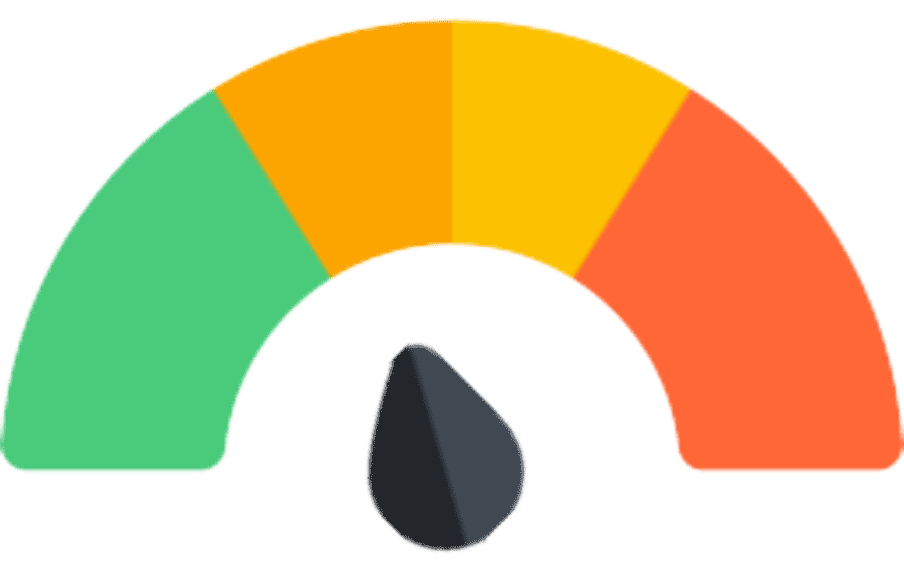BUSPIRONE
THERAPEUTICS
Class
- Neuroscience-based Nomenclature: serotonin receptor partial agonist (S-RPA)
- Anxiolytic
BUSPIRONE commonly prescribed for
(Bold for FDA approved)
 How BUSPIRONE works
How BUSPIRONE works
• Binds to serotonin type 1A receptors
• Partial agonist actions postsynaptically may theoretically diminish serotonergic activity and contribute to anxiolytic actions
• Partial agonist actions at presynaptic somatodendritic serotonin autoreceptors may theoretically enhance serotonergic activity and contribute to antidepressant actions
How long until BUSPIRONE works
• Generally takes within 2–4 weeks to achieve efficacy
• If it is not working within 6–8 weeks, it may require a dosage increase or it may not work at all
SIDE EFFECTS
 Notable Side Effects
Notable Side Effects
• Dizziness, headache, nervousness, sedation, excitement
• Nausea
• Restlessness
 Life Threatening Side Effects
Life Threatening Side Effects
• Wait
• Wait
• Wait
• Lower the dose
• Give total daily dose divided into 3, 4, or more doses
• Switch to another agent
weight gain

unusual
sedation

not usual
What to do about BUSPIRONE side effects
• Wait
• Wait
• Wait
• Lower the dose
• Give total daily dose divided into 3, 4, or more doses
• Switch to another agent
DOSING AND USE
usual dosage range
• 20–30 mg/day
 Dosage Forms
Dosage Forms
• Tablet 5 mg scored, 10 mg scored, 15 mg multiscored, 30 mg multiscored
long term use
• Limited data suggest that it is safe
habit forming
• No
SPECIAL POPULATIONS
 Renal Impairment
Renal Impairment
• Use with caution
• Not recommended for patients with severe renal impairment
 Hepatic Impairment
Hepatic Impairment
• Use with caution
• Not recommended for patients with severe hepatic impairment
 Cardiac Impairment
Cardiac Impairment
• Buspirone has been used to treat hostility in patients with cardiac impairment
 Elderly
Elderly
• Some patients may tolerate lower doses better
 Children and Adolescents
Children and Adolescents
• Studies in children age 6–17 do not show significant reduction in anxiety symptoms in generalized anxiety disorder (GAD)
• Safety profile in children encourages use
 Pregnancy
Pregnancy
• Effective June 30, 2015, the FDA requires changes to the content and format of pregnancy and lactation information in prescription drug labels, including the elimination of the pregnancy letter categories; the Pregnancy and Lactation Labeling Rule (PLLR or final rule) applies only to prescription drugs and will be phased in gradually for drugs approved on or after June 30, 2001
• Controlled studies have not been conducted in pregnant women
• Animal studies have not shown adverse effects
• Not generally recommended in pregnancy, but may be safer than some other options
 Breast Feeding
Breast Feeding
• Some drug is found in mother’s breast milk
• Trace amounts may be present in nursing children whose mothers are on buspirone
• If child becomes irritable or sedated, breast feeding or drug may need to be discontinued
Based on data Published online by Cambridge University Press
Compiled by Dr. Jash Ajmera